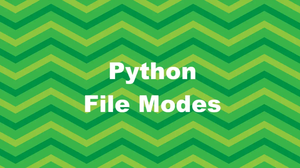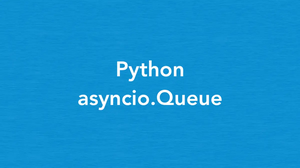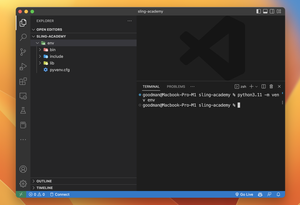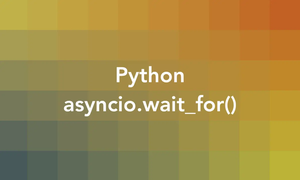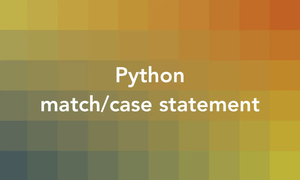Introduction
The typing.Concatenateis a pivotal addition to Python’s type hinting ecosystem. It bridges the gap between static type checking and dynamic function compositions that were challenging to annotate correctly in the past. The inclusion of typing.Concatenate in Python 3.10 marks a significant advancement in the expressiveness of Python’s type system.
Understanding Python’s typing.Concatenate can significantly enhance the way we annotate types for functions, especially those that employ callbacks, decorators, or more complex patterns. This feature, introduced in Python 3.10 as part of PEP 612, allows for precise type hints in situations where the types of some parameters depend on others or in the context of higher-order functions.
This guide delves into the typing.Concatenate function, illustrating its usage and benefits through practical examples. From basic to advanced applications, you’ll gain a solid grasp of how to incorporate this tool into your Python projects.
Basic Usage of typing.Concatenate
To start, typing.Concatenate is primarily used with typing.Callable to annotate callable objects that have fixed initial arguments. Here’s a simple example of how it can be used:
# Example 1: Basic typing.Concatenate usage
from typing import Callable, Concatenate, TypeVar
V = TypeVar('V')
def decorator(func: Callable[Concatenate[int, V], int]) -> Callable[[V], int]:
def wrapper(*args):
return func(42, *args)
return wrapper
@decorator
def add(x: int, y: int) -> int:
return x + y
# When calling add, it now only requires one argument.
print(add(10)) # Output: 52
This example demonstrates the basic application of typing.Concatenate by wrapping a function that expects two arguments with a decorator that pre-supplies one of those arguments.
Advanced typing.Concatenate Usage
Advancing further, let’s explore more complex scenarios where typing.Concatenate can be particularly useful:
# Example 2: Using typing.Concatenate with partial functions
from typing import Callable, Concatenate, TypeVar, Partial
V = TypeVar('V')
partial_add: Callable[Concatenate[int, V], int] = Partial(add, x=42)
# This defines a partial function where x is preset to 42, and only y needs to be supplied.
print(partial_add(y=10)) # Output: 52In this advanced example, typing.Concatenate helps in correctly typing a partial function, which is a common functional programming construct.
# Example 3: Dynamic argument types based on preceding arguments
from typing import Callable, Concatenate, TypeVar, Union
V = TypeVar('V')
Definer = Callable[[str], Union[type, Callable[..., object]]]
def dynamic_type_annotator(func: Callable[Concatenate[str, V], Definer]) -> Callable[[V], Definer]:
def wrapper(*args):
return func('dynamic', *args)
return wrapper
@dynamic_type_annotator
def get_dynamic_type(value, type_hint):
if type_hint == 'int':
return int(value)
elif type_hint == 'float':
return float(value)
... # Other type cases
In this more complex scenario, the typing.Concatenate powerfully facilitates dynamic typing based on input arguments’ values, which is a substantial leap in typing expressiveness for Python.
Conclusion
The typing.Concatenate function significantly enriches Python’s type system, allowing for more accurate and expressive type annotations across various scenarios. By examining its application from basic to advanced levels, we can see how this feature not only improves code readability but also enhances the robustness of type checking in complex Python projects. As the Python community continues to embrace type annotations, typing.Concatenate stands out as a valuable tool for developers aiming for precision and clarity in their code.

